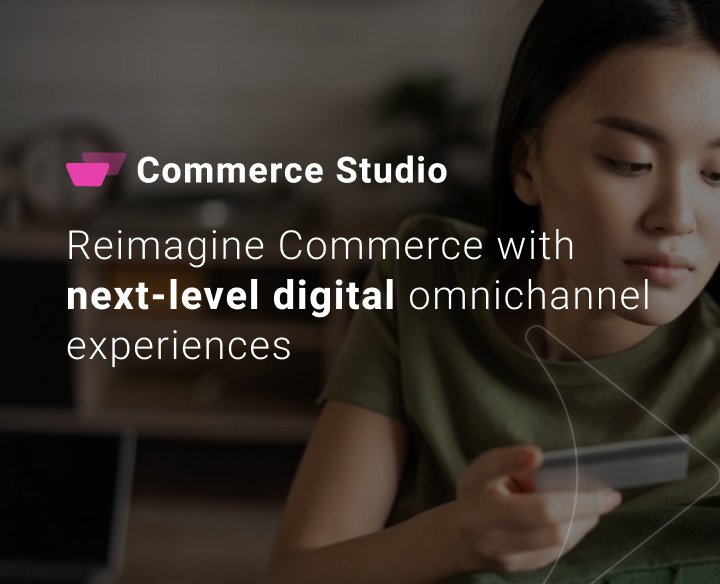Whilst B2C companies have long known that a great customer experience is crucial for success, many B2B brands are only just beginning to realise that they need to catch up with the way their end customer is discovering, researching, and purchasing their product or service through digital platforms. Consumers are accustomed to navigating websites on a daily basis and they’re expecting the same personalised, seamless digital experiences that B2C brands offer.
Nearly all of the standard UX principles that have been used for B2C websites apply to B2B. They both need to offer thoughtful content, useful details about products and services and have a user friendly and visually appealing website design. It is this interaction between the customer and product that plays a powerful role in attracting consumers to your product.
Typically a B2C purchase process is much simpler and consumers can impulse buy in a way that B2B customers cannot. As a result, B2B customers are looking at their possibilities in a completely different way, and your marketing strategy needs to reflect this.
From eWave's experience in digitally transforming B2B businesses, we have recognised some of the most significant factors that you must take into account when designing a website for a consumer versus a business.
Content is key
The B2B buying process is much more research-orientated than its consumer-based counterpart. The bigger the investment, the more research customers are going to want to do.
B2B brands also have a complex decision-making process which often involves input from numerous people across a corporate hierarchy. Providing users with thoughtful, in-depth content that speaks to the customers needs and concerns is one way to bridge this gap.
From our experience, how-to videos, blog posts and product reviews are all great ways to increase your brand’s credibility - building customer confidence in your product or service. This trust is incredibly important when customers are making investments on behalf of their company.
One price does not fit all
B2C pricing is heavily based around special events and discounts and is not as straightforward as B2B as costs are usually customised from company to company, depending on the needs of the client.
This makes upfront pricing on B2B websites a real challenge. Not only are costs customised, but there are often hidden fees, such as implementation costs, that may not be listed on the website. This lack of transparency can cause a level of frustration to the customer, especially when budget approvals come into play.
B2B customers are just as price conscious as B2C customers and we have found that having some sort of pricing infrastructure on your website, even if its representative, can increase customer satisfaction and save your sales representatives time by reducing follow-ups with low budget customers.
Forget about keywords
Historically, keywords were the driving force behind web traffic. This led to a plethora of pages on B2B websites with little-to-no content - good for page clicks but bad for user experience.
However, the way search engines work has changed and Google have announced that they will be rewarding websites that make UX a focus with strong search rankings and the traffic that undoubtedly follows. This means that Google is looking for the value your website offers your audience, like answering questions and providing quality content quickly.
Perfect your CTA
Like B2C websites, your B2B CTA should be concise and easy to spot. They should exhibit tact and professionalism e.g. Talk to a Representative’, rather than the more attention-grabbing or informal ones seen in B2C retail e.g. ‘SHOP NOW!’. This may seem easy, but writing CTA copy that is as enticing as “SHOP NOW!” can be harder than it sounds.
We have found that the most useful content on a B2B CTA can be as simple as subscribing for a free trial or registering for email updates. This direction lures the customer into the conversion funnel with something useful and noticeable - avoiding the implication that a decision has to be made on the spot.
All of the factors mentioned in this article are united by a common theme: they make the customer’s decision-making process easier - this is the ultimate purpose of B2B Marketing. Remember that you are selling to a person who wants to ensure that they are making the right choice for their business - keep this at the forefront of your Marketing strategy and you’re on the way to building meaningful partnerships that stand the test of time.

